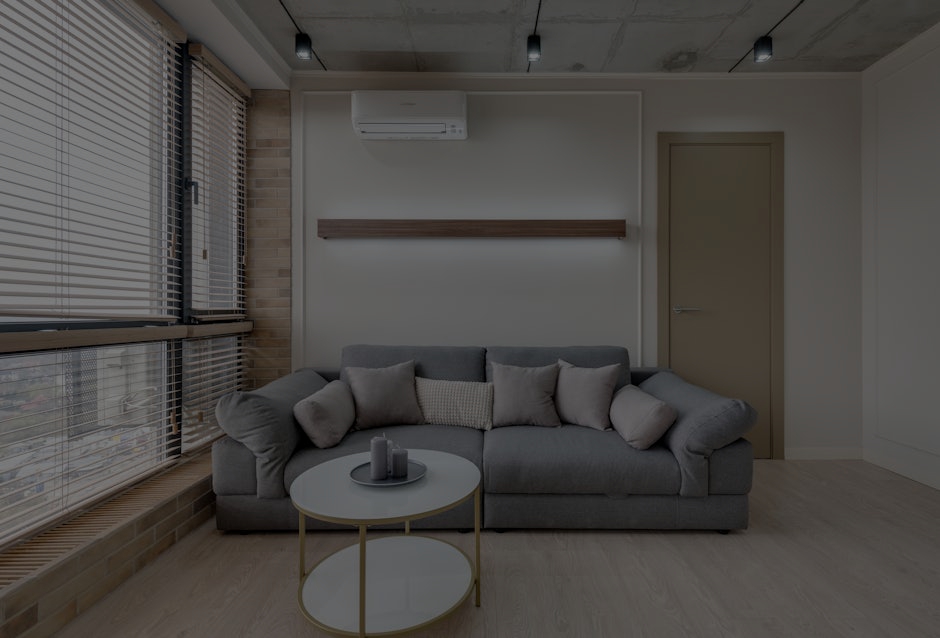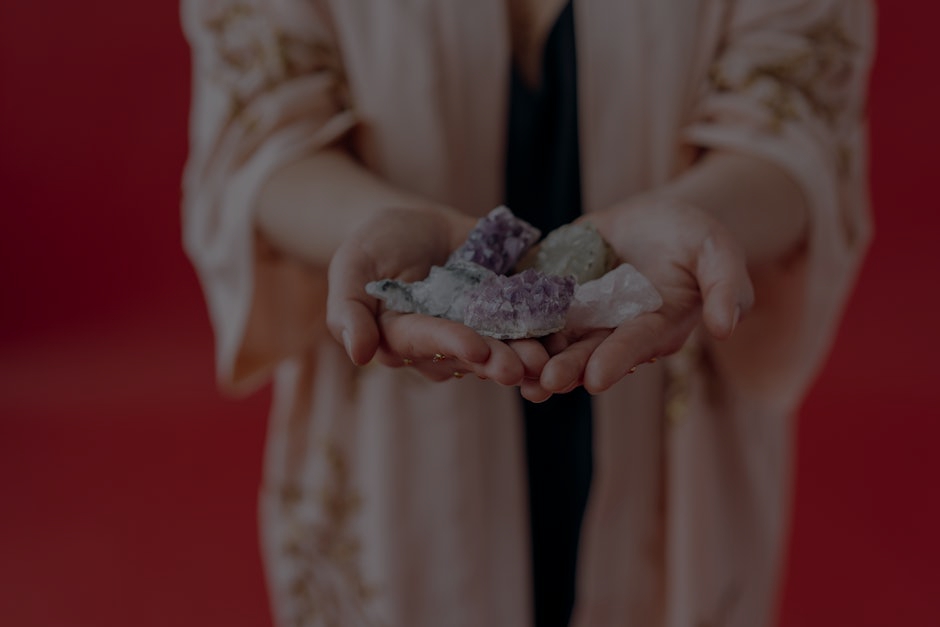**Abstract:** Discover the transformative power of color in your living room through Feng Shui. Choosing the right hues can enhance energy flow, promote harmony, and elevate your overall well-being.
Understanding Feng Shui Color Theory
Feng Shui, the ancient Chinese practice of harmonizing individuals with their environment, emphasizes the significance of color in shaping energy flow. Each color resonates with specific emotions and elements, influencing our mood and interactions. For instance, warm colors like red and orange can invigorate a space, while cool shades like blue and green promote tranquility. Understanding these associations is crucial when choosing the right Feng Shui colors for your living room.
The Role of the Five Elements
In Feng Shui, colors correspond to the five elements: Wood, Fire, Earth, Metal, and Water. Wood is represented by greens and browns, symbolizing growth and vitality. Fire, depicted through reds and yellows, embodies passion and energy. Earth tones, like beige and terracotta, promote stability and nourishment. Metal colors, such as white and gray, bring clarity and precision, while blues and blacks represent Water, fostering calmness and introspection. Balancing these elements in your living room can create a harmonious environment.
Choosing Colors Based on Your Goals
Your intention behind the color choice is paramount. If you seek to create a vibrant and energetic space for social gatherings, consider warm colors like orange or bright yellow. Conversely, if your goal is to establish a peaceful retreat for relaxation, soft blues and greens are ideal. Remember, the living room often serves as a gathering place for family and friends, so aligning your color choices with your desired atmosphere will enhance the overall experience.
Personalization and Cultural Influences
While Feng Shui offers guidelines, personal preferences and cultural influences should also play a role in your color selection. Western cultures often associate colors with specific meanings; for example, blue signifies trust and calmness, while red evokes excitement. By incorporating colors that resonate with your personal style and cultural background, you can create a living room that feels authentic and inviting.
Testing Color Combinations
Before committing to a color scheme, test various combinations in your living room. Paint swatches on the walls and observe how they interact with natural light throughout the day. Colors can appear differently depending on the time of day, so it’s essential to see how your choices feel in various lighting conditions. This experimentation can lead to surprising discoveries that enhance the energy flow in your space.
Creating Balance with Accents
Incorporating accent colors can elevate the overall aesthetic of your living room while maintaining balance. If you opt for a neutral base, consider adding pops of color through cushions, artwork, or decorative pieces. For instance, a beige sofa can be enlivened with vibrant orange or teal throw pillows. This approach allows you to infuse energy without overwhelming the space, ensuring a harmonious flow that aligns with Feng Shui principles.
Conclusion: Your Living Room as a Reflection of You
Ultimately, your living room should reflect your personality and aspirations. By thoughtfully choosing Feng Shui colors that resonate with your goals, you can create an inviting space that nurtures relationships and fosters well-being. Whether you prioritize tranquility, energy, or creativity, the right colors can enhance your living environment, making it a true sanctuary. Embrace the art of color selection and watch your living room transform into a harmonious haven.



